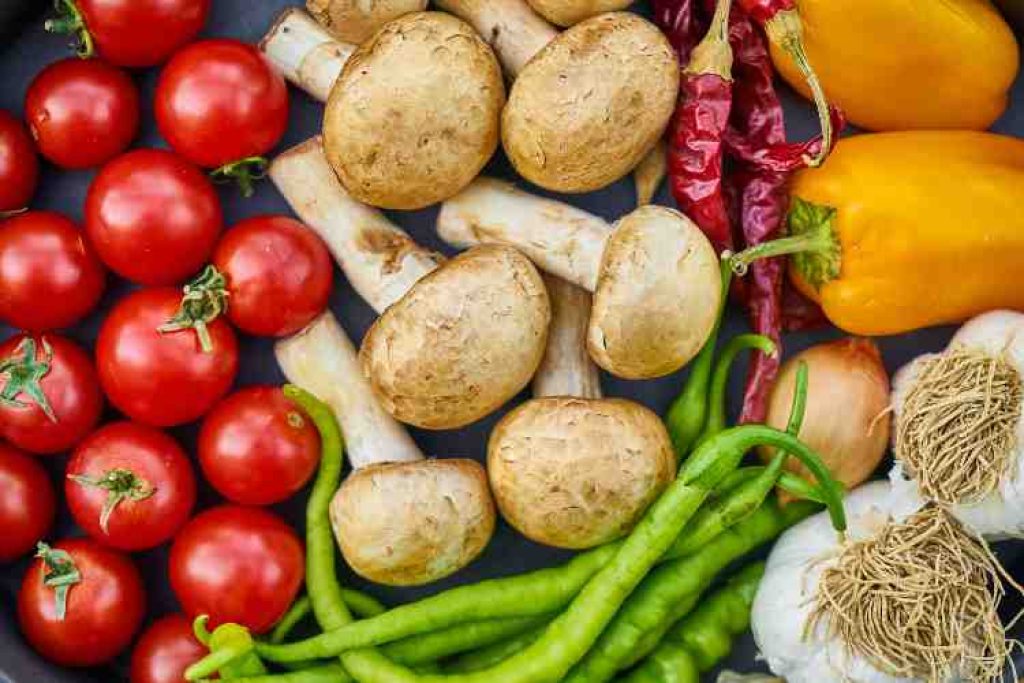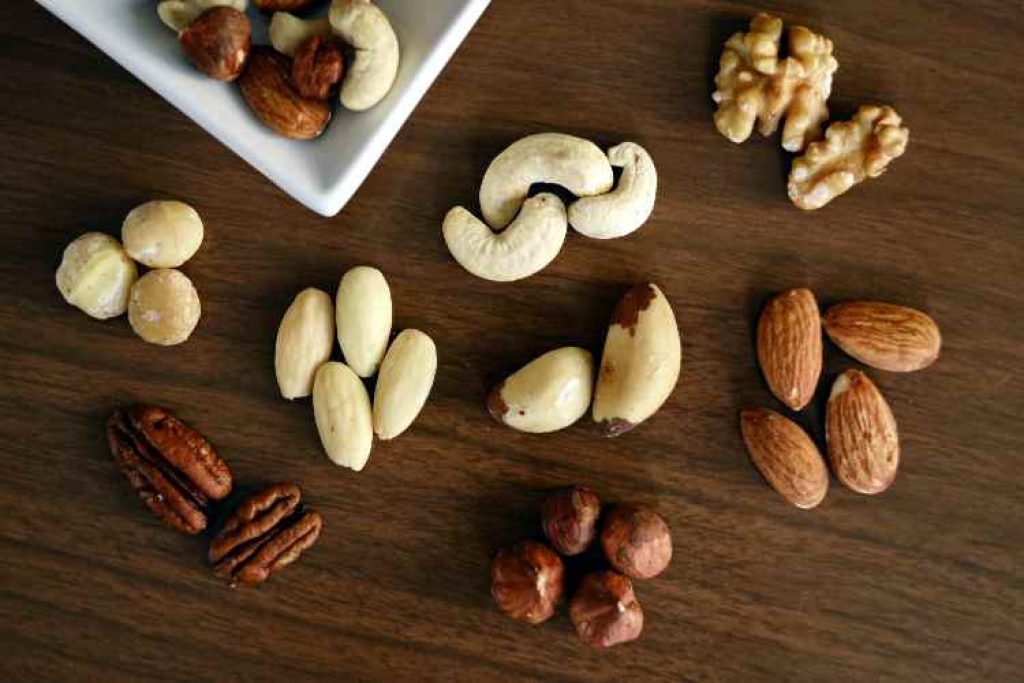
A Beginner’s Guide to Food Chemistry
Food is a fundamental piece of human existence. We eat food consistently to sustain our bodies, however have you at any point considered what befalls your food when you eat it? The response is food science. Food science is the investigation of the compound cycles and associations that happen in food. In this article, we will investigate the rudiments of food science and what it means for the food we eat.
Table of Contents
- Introduction
- The Basics of Food Chemistry
- Atoms and Molecules
- Chemical Reactions
- Acids and Bases
- Carbohydrates
- Types of Carbohydrates
- Simple Carbohydrates
- Complex Carbohydrates
- Glycemic Index
- Proteins
- Amino Acids
- Essential and Non-Essential Amino Acids
- Protein Quality
- Fats
- Types of Fats
- Saturated and Unsaturated Fats
- Trans Fats
- Vitamins and Minerals
- Water-Soluble Vitamins
- Fat-Soluble Vitamins
- Major Minerals
- Trace Minerals
- Food Additives
- Preservatives
- Sweeteners
- Flavor Enhancers
- Conclusion
- FAQs
- What is the importance of food chemistry?
- What are carbohydrates?
- What are the benefits of protein in our diet?
- What are the different types of fats?
- What are food additives, and how do they affect our health?
The Basics of Food Chemistry
Atoms and Molecules
Everything on the planet, including food, is comprised of iotas and atoms. Particles are the littlest units of issue that can’t be separated further, while atoms are comprised of at least two iotas fortified together. Every food is made out of a special mix of iotas and particles, which decide its compound properties and dietary benefit.
Chemical Reactions
Compound responses happen when at least two particles connect to frame another atom. For instance, when bread mixture is prepared, the intensity causes a substance response that changes the batter into bread. Understanding substance responses in food is fundamental for making new recipes and further developing food quality.
Acids and Bases
Acids and bases are fundamental parts of food science. Acids give food its sharp taste, while bases give a harsh or soluble taste. The pH scale is utilized to gauge the acridity or basicity of food. For instance, lemon juice has a low pH of around 2, making it exceptionally acidic, while baking soft drink has a high pH of around 8.3, making it basic.

Carbohydrates
Types of Carbohydrates
Sugars are an essential wellspring of energy for the body. There are two kinds of sugars: straightforward and complex. Basic starches, otherwise called sugars, are tracked down in natural products, milk, and different food varieties. Complex carbs, otherwise called starches, are tracked down in grains, vegetables, and beans.
Simple Carbohydrates
Straightforward carbs are comprised of a couple of sugar particles and are effectively processed by the body, giving fast energy. Be that as it may, consuming an excess of basic starches can cause glucose levels to spike, prompting medical issues like diabetes.
Complex Carbohydrates
Complex starches are comprised of various sugar atoms and take more time to process, giving supported energy.
Understanding Food Biochemistry
Food organic chemistry is the investigation of the substance cycles and collaborations that happen inside food and its parts, like starches, proteins, lipids, nutrients, minerals, and other bioactive mixtures. This field of study is significant on the grounds that it assists us with understanding how these parts cooperate with one another and with the human body during processing, retention, and digestion.
A few significant ideas in food organic chemistry include:
Macronutrients: These are the supplements that we really want in enormous amounts, like sugars, proteins, and lipids. Carbs give energy, proteins are fundamental for building and fixing tissues, and lipids are significant for energy capacity and cell film structure.
Micronutrients: These are the supplements that we want in more modest amounts, like nutrients and minerals. They assume significant parts in numerous metabolic cycles in the body.
Compounds: These are proteins that catalyze substance responses in the body. They are significant for separating food parts during assimilation and for the vast majority other metabolic cycles.
Maillard response: This is a compound response that happens between amino acids and lessening sugars at high temperatures. It is liable for the carmelizing of numerous food sources during cooking and can likewise deliver flavor and fragrance compounds.
Oxidation: This is a compound response that happens when oxygen responds with different particles, like lipids and proteins. It can prompt the corruption of food parts and the advancement of off-flavors and off-scents.
By understanding these and different ideas in food natural chemistry, researchers can foster better ways of protecting and upgrading the healthy benefit, flavors, and surfaces of food varieties. They can likewise foster new food items that meet explicit wholesome necessities or have beneficial tactile properties.
The Role of Food Additives in Our Food
Food-added substances will be substances that are added to food during handling to work on its flavor, surface, appearance, and timeframe of realistic usability. They are many times used to save the nature of food items and improve their allure for buyers.
Some normal food-added substances include:
Additives: These are utilized to forestall the development of microbes, growths, and different microorganisms that can cause food waste and foodborne ailment. Models incorporate sodium benzoate, sodium nitrite, and potassium sorbate.
Sugars: These are utilized to add pleasantness to food sources and refreshments without the additional calories of sugar. Models incorporate aspartame, sucralose, and stevia.
Flavor enhancers: These are utilized to work on the taste and smell of food varieties. Models incorporate monosodium glutamate (MSG) and yeast separate.
Emulsifiers: These are utilized to assist with blending at least two fixings that don’t regularly blend well, like oil and water. Models incorporate lecithin and mono-and diglycerides.
Stabilizers: These are utilized to keep fixings from isolating and to work on the surface of food sources. Models incorporate carrageenan and thickener.
While food added substances are by and large thought to be ok for utilization, certain individuals might have antagonistic responses to specific added substances. Moreover, some food added substances have been connected to wellbeing concerns like sensitivities, hyperactivity in kids, and disease. Subsequently, it is critical to peruse food marks and know about the kinds of added substances utilized in your food.

A Guide to Food Preservation Techniques
Absolutely! Here is a manual for different food protection methods:
Canning: Canning includes putting food in containers or jars and warming them to high temperatures to kill microbes and different microorganisms. This cycle likewise makes a vacuum seal that keeps air and microorganisms from getting in, saving the nourishment for a really long time or even years.
Freezing: Freezing is a basic and successful method for safeguarding many sorts of food sources. By bringing the temperature down to underneath freezing, the development of microorganisms is stopped, easing back the pace of rot. Frozen food can keep going for a very long time, yet it’s vital to appropriately bundle the food to forestall cooler consume.
Drying: Drying eliminates dampness from food, repressing the development of microscopic organisms and different microorganisms. It very well may be finished utilizing a dehydrator or via air-drying. Dried organic products, vegetables, and meats can keep going for a considerable length of time whenever put away in a cool, dry spot.
Smoking: Smoking is a course of enhancing and protecting food by presenting it to smoke from consuming wood or different materials. The smoke goes about as an additive and can restrain the development of microscopic organisms. Smoked meats, fish, and cheeses can keep going for a very long time or even months.
Maturing: Aging is a course of protecting food by permitting regular microbes to separate sugars and produce corrosive. This corrosive assists with saving the food and can give it a tart flavor. Aged food varieties like sauerkraut, kimchi, and pickles can keep going for quite a long time.
Salting: Salting is a strategy for protecting food by adding salt, which draws out dampness and hinders the development of microorganisms. This technique is generally utilized for protecting meats and fish, like salted cod. Salted food can keep going for quite some time.
Pickling: Pickling is a course of protecting food by submerging it in a combination of vinegar, salt, and flavors. This acidic climate restrains the development of microbes and can safeguard the nourishment for a considerable length of time. Cured vegetables, organic products, and eggs are famous models.
Additives: Monetarily delivered food frequently contains synthetic additives, for example, sodium benzoate, that repress the development of microscopic organisms and delay time span of usability. Nonetheless, there is a few worry about the wellbeing of these additives and their likely effect on wellbeing.
It’s essential to take note of that appropriate food safeguarding strategies are pivotal for forestalling foodborne ailment. Continuously follow safe food taking care of works on, including washing hands and surfaces, preparing food to legitimate temperatures, and putting away food at safe temperatures.






